Peter Eisenman is best known for his design for the Holocaust memorial in Berlin. But the American shaped generations of architects with his deconstructivist ideas and teachings.
Walking between the seemingly endless rows of concrete steles of the Berlin Holocaust Memorial there are endless options. But every decision made – whether to walk straight, turn left or right – seems to lead nowhere. It can be that you suddenly see someone else's head emerging from the concrete – and just as quickly disappearing back into the grey-on-grey. For some, the monument creates a feeling of disorientation, while others feel nothing.
The memorial to the murdered Jews of Europe near Potsdamer Platz in the center of Berlin has been criticized many times: It contains no information about a disastrous chapter in history, according to one accusation. Peter Eisenman, the eloquent architect of the memorial, replied: “We can't understand what happened. It makes us helpless. And you can learn something about this helplessness in the memorial.” Walking through the steles is about the experience, not about finding a hidden one to decipher meaning. “You get strange physical sensations like undulating, tipping, tilting and you feel confusion, isolation, disorientation; you never know where you are.”

Clearly visible from afar: the waveform of the Holocaust memorial in Berlin
“The ordinary, the banal”
The memorial, opened in 2005, extends over 19,000 square meters on the former garden site of the Reich Chancellery, where the office of the Chancellor of the German Reich was housed from 1878 to 1945.
Eisenmann prevailed over hundreds of competitors in the late 1990s and was awarded the contract for the project. The waves that form the arrangement of the 2711 concrete pillars were randomly generated by the computer. However, Eisenman later said self-critically of the result: “I think it's a bit too aesthetic… I didn't want anything that looked like design. I wanted the ordinary, the mundane.”
Passion for science  ;
Born on August 11, 1932 in Newark (New Jersey) to Jewish parents, Peter Eisenman studied at Cornell University in Ithaca, New York; also at Columbia University in New York City and at Cambridge University in England. With teaching positions at the universities of Cambridge, Harvard, Princeton, Ohio State, The Cooper Union (New York) and at Yale University he took an active part in academic life.
In 1957 and 1958 Eisenman worked in “The Architects Collaborative”, which was founded by the Berlin architect Walter Gropius, who had emigrated to the USA . After his time as a professor at Princeton, Eisenman founded the “Institute for Architecture and Urban Studies” in 1967 and headed it until 1981.
Aim in life: to educate, not to please
Regarding Eisenman's influence as a creative mind and source of ideas, Mark Wigley, former director of Columbia University, said in 2011: “Peter has always embodied the ability to make big changes. Some say he has shaped by two, three or four generations. His goal in life is not to please but to educate.”
Culture.21 # Series German Pictures (4): The Holocaust Memorial – The Past That Will Not Pass # 01/24/2009
In his buildings, teachings and theoretical writings, Peter Eisenman is associated with Deconstructivism, an architectural movement concerned with freeing buildings from tradition, defying expectations, breaking form and rejecting symmetry.
One looks in vain for a specific handwriting that is reflected in each of his buildings: “When I look at my work on my website, I think to myself, Could someone recognize Peter Eisenman? I'm not sure,” he said himself about his creations and added: That's a good thing, otherwise all buildings would look the same.
If you still want to pigeonhole him, then that's how it is: “I can't mind do what people say or think. They can say or think whatever they want, as long as they spell my name correctly,” he recently told a trade magazine.
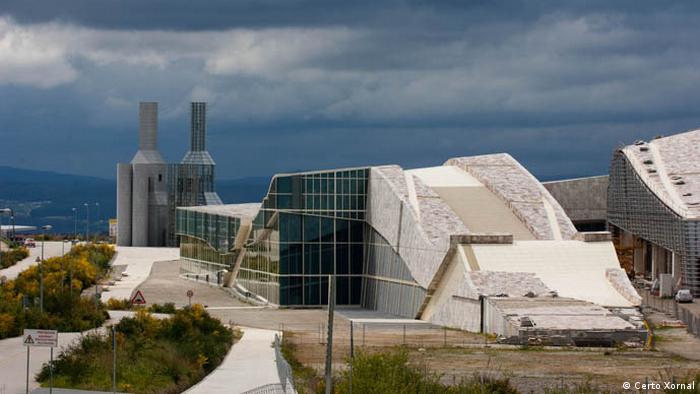
The cultural city in Santiago de Compostela was given the shape of a scallop by Peter Eisenman
Eisenman's penchant for defying norms was also reflected in his personality, the late American architect Charles Gwathmey once said: “It is our conscience. It forces you to deal with the questions you want to avoid, directly confront. I believe his passion and risk-taking attitude have always been a role model for those of us who knew him well – and also for those he intimidated, provoked or inspired.”
Great works – and Controversies
The deconstructivism in Eisenman's work also had specific and costly downsides. The Wexner Center for the Visual Arts in Columbus, Ohio, hailed when it opened in 1989 as the first major public building designed in the Deconstructivist style, has a disturbing effect on visitors due to the sloping surfaces inside. Some reported feeling nauseous walking through. Errors in the foundation also required complex and costly renovations.
The architect, who doesn't like to be categorized, once said: “I don't want good or bad, right or wrong, left or right be. I'm not a modernist either.” In an interview with the magazine “Architect” in 2004 he said: “If there were only deconstructivist buildings in the world, I would go crazy.”
Significance to the Architectural Scene
Eisenman's work includes major urban projects, including the Koizumi Sangyo building in Tokyo, a stadium at the University of Phoenix in Arizona, and the six-building Ciudad de la Cultura de Galicia” (Galician City of Culture) in Santiago de Compostela, Spain. He wrote several books and was honored with numerous international prizes, including first prize at the 1985 Venice Architecture Biennale.
The architect Rafael Viñoly summarized Eisenman's importance in the historical context in 2011 as follows: “I think he left a knowledge in the whole subject that is much greater today than it was before him. He is the greatest polemicist in the world and an incredibly gifted man. He is fun to spend time with and he is fair. His type is rarely represented in our guild these days.”
This is the updated version of an article from 08/10/2017.
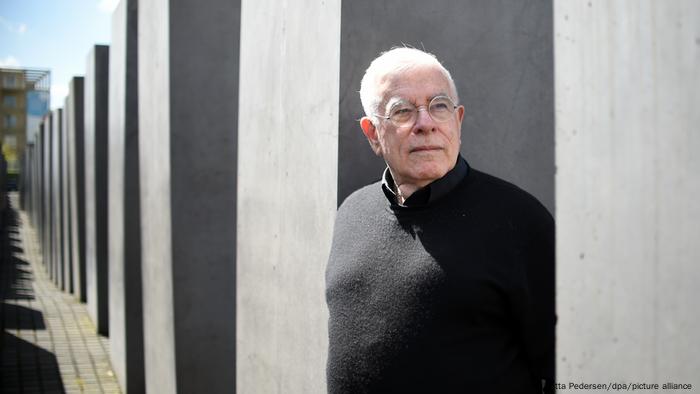 The architecture by Peter Eisenman
The architecture by Peter Eisenman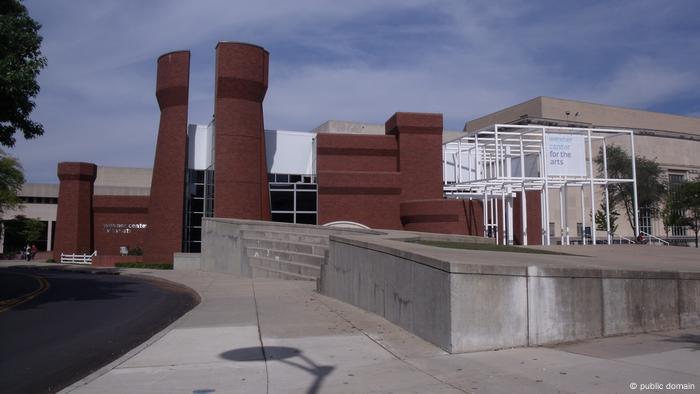 The architecture by Peter Eisenman
The architecture by Peter Eisenman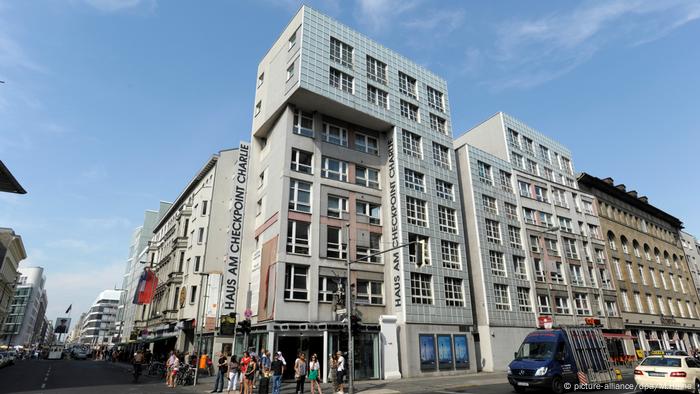 The architecture by Peter Eisenman
The architecture by Peter Eisenman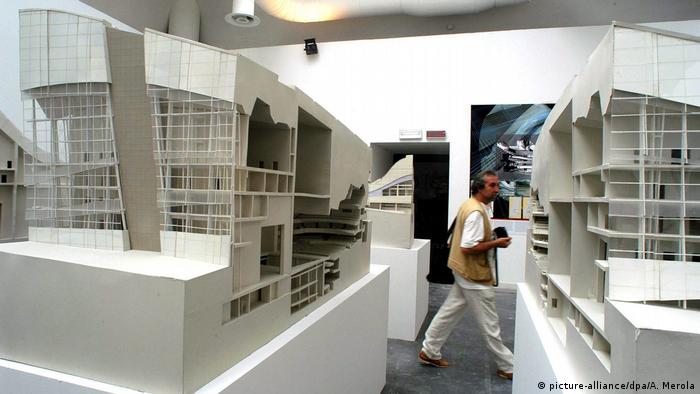 The architecture of Peter Eisenman
The architecture of Peter Eisenman The architecture by Peter Eisenman
The architecture by Peter Eisenman The architecture by Peter Eisenman
The architecture by Peter Eisenman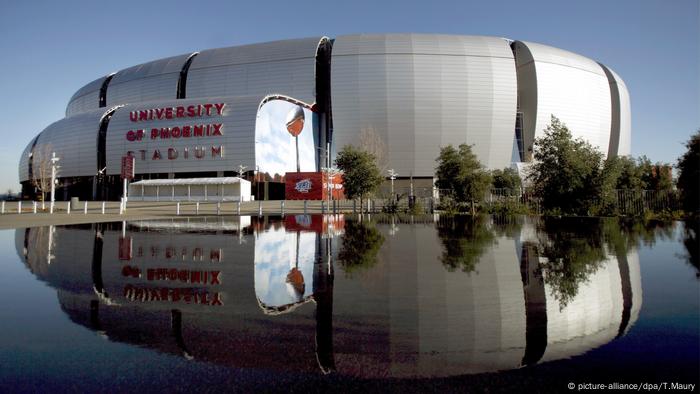 The architecture by Peter Eisenman
The architecture by Peter Eisenman The architecture by Peter Eisenman
The architecture by Peter Eisenman The architecture by Peter Eisenman
The architecture by Peter Eisenman